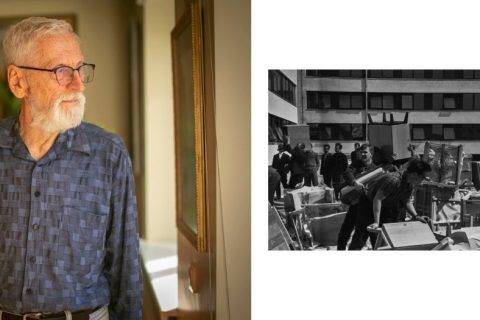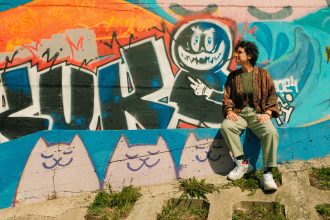The environment in which we live, and act can be our chattiest friend, prattling for hours about unexpected urban experiences, or a podcast constantly broadcasting the most interesting building stories to our ears. I have been catching the ‘waves’ of this kind of urban podcast at the Kaunas University of Technology Research Centre of Architecture and Urbanism’s (AUTC) database autc.lt since my university years. It already contains over a thousand descriptions of architectural objects (and it is being constantly supplemented!), a collection of bibliography, Kaunas tour itineraries, and stories of the interwar period Lithuania and the Old Town of Kaunas.
The collection inspires you to explore and learn more. We talked about it with Paulius Tautvydas Laurinaitis, a researcher at the center. Paulius’ work is not limited to AUTC, he is also an architectural historian, and a lecturer, and the most important thing is that he is able to discover the most interesting stories in the everyday environment and inspire those around him.
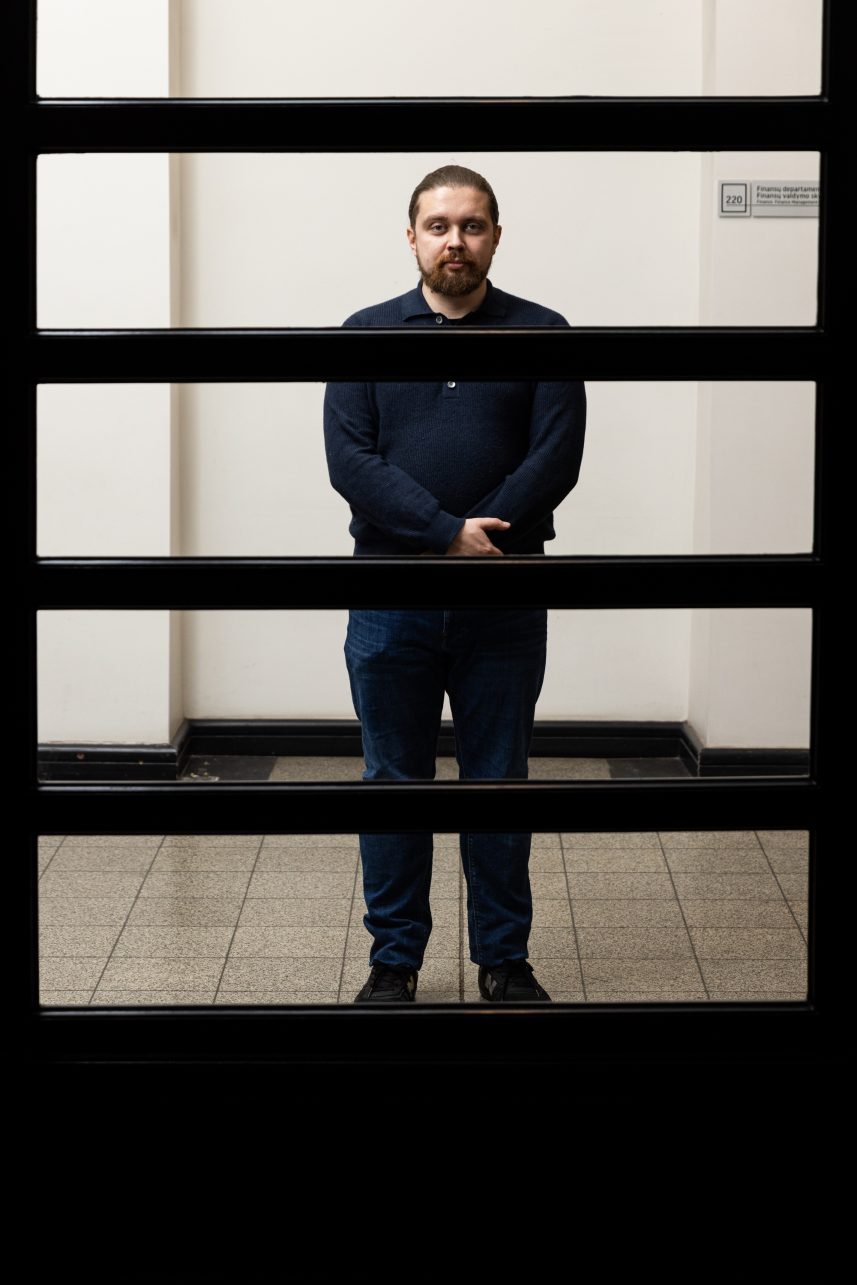
Paulius, tell us a little bit about yourself. How did you end up at the Center for Architecture and Urbanism?
From my early days, I felt a special connection with architecture, or rather with its history. The subtle architecture of Kaunas, which surrounded me while growing up, contributed to this. Both choices and coincidences in life led to exactly where the history of Lithuanian architecture began: the Institute of Architecture and Construction, where our department operates. I stopped by there for a longer period of time while still studying for my bachelor’s degree in 2010.
The spectrum of AUTC’s activities is extremely wide, so I am curious to learn what lies behind all the works and projects. How did your research center appear?
The AUTC can trace its beginnings perhaps as far back as the 1950s when the Institute of Architecture and Construction was established, and the Department of Architectural History emerged within it. The department became perhaps the most important place where Lithuanian architecture was studied and cataloged. The soul of our center is researcher Vaidas Petrulis – probably well-known to all architecture enthusiasts – who is also the head of the Center for Architecture and Urbanism. It was he who came up with the idea of the AUTC database almost fifteen years ago. It was the first coherent attempt to create a platform where all kinds of architecture could be presented. Basically, it is like an encyclopedia of architecture for our time, intended not only for architecture professionals but for all those interested in it.
Science popularization is indeed an important activity of your center. What is your target audience?
We do our best, we wish, and we believe that the AUTC database is equally interesting and valuable to professionals, specialists, researchers, and everyone interested in architecture. When we began creating the database, we focused on the study of Kaunas modernist architecture and sought to draw attention to it. At that time, research was not abundant (although we are by no means claiming to be the first), and there was even less public awareness of the phenomenon’s uniqueness and importance. I think that we contributed a lot and influenced the way we, all Kaunas residents (but not limited to) see interwar architecture today. After all, 15 years ago, even some specialists in this field were quite skeptical about the appearance of the Kaunas modernism phenomenon on the UNESCO lists.
You publish descriptions of architectural objects in the AUTC online database. The accumulated collection is impressive: over 1,500 descriptions of buildings from the period of the Grand Duchy of Lithuania to the present day. How do you select the objects that go into the AUTC database?
We didn’t even notice how it got so much, really! Most of the time, we select thematically, according to the topic we are studying at the time, which may lead to a quantitative imbalance between different eras and so on. However, those imbalances also become additional inspirations for choosing new topics.
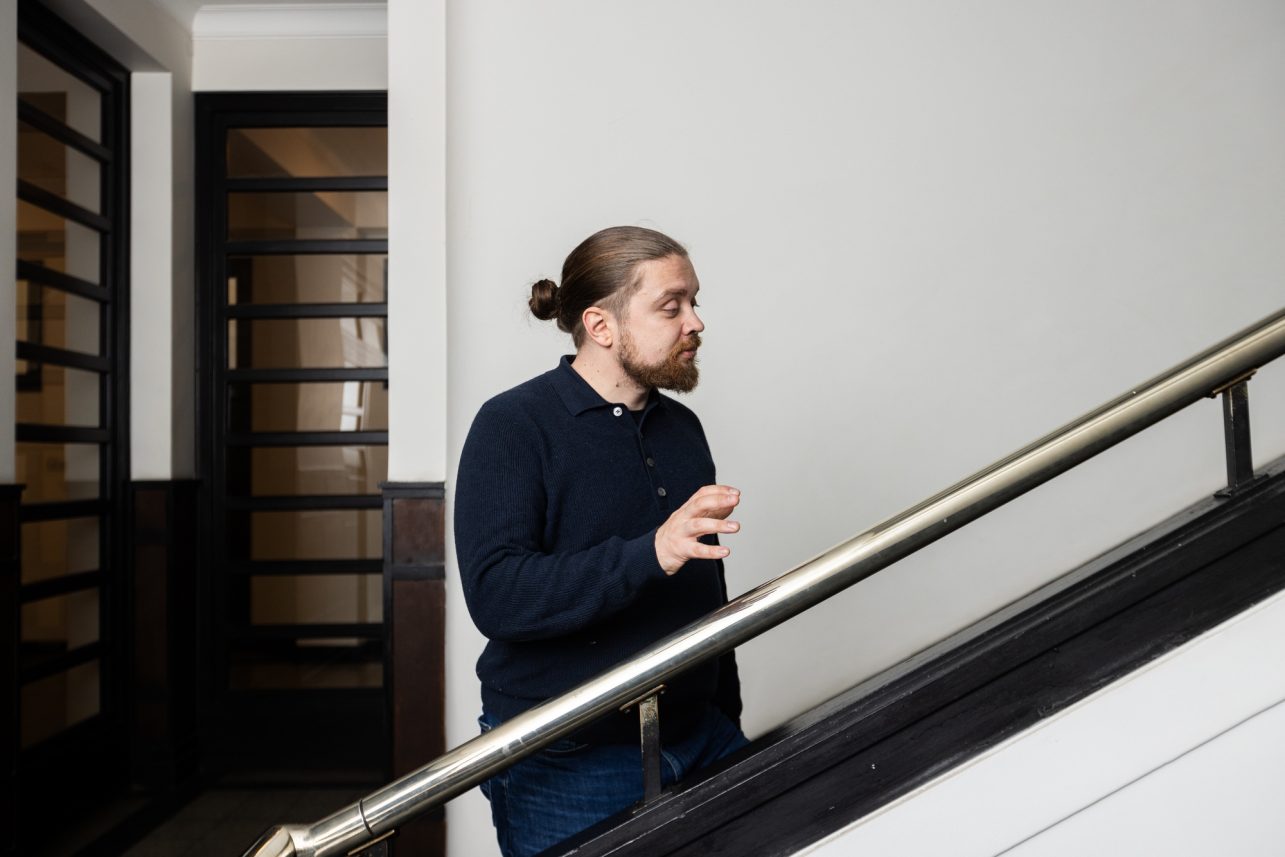
Tell me more about how you describe the objects.
Although we have certain criteria, we try to maintain academic standards, but everyone who writes for us also has their own writing style. Numerous guest authors contributed to these descriptions. We try to accumulate as rich a collection of iconography as possible for each entry. In most cases, we focus primarily on the history of the building and try to find what makes it unique. We have also collected a bibliographic database of part of the Lithuanian interwar press related to architecture, which we are constantly supplementing.
This year, in the AUTC team, you concentrated on the publishing of several books. You have already published one of them – Lietuvos miestų ir miestelių atstatymas 1918 – 1925 m. (Rebuilding of Lithuanian cities and towns) – and managed to present it on World Urbanism Day. The other book is almost ready for printing. Tell us more about them.
It so happened that we started to dig deeper into certain recesses of the history of Lithuanian architecture which haven’t been explored much until now. The monograph on the rebuilding of towns, initiated and compiled by my colleague Brigita Tranavičiūtė, was primarily supposed to touch on a little-researched period in our architecture and urbanism, but we found much more than we expected: many unheard stories about the development of Lithuania at that time, many unknown moments of our architecture. In terms of architecture, we often remember the interwar period in Lithuania for the processes that took place mostly in the thirties, although, the twenties are equally important and interesting despite not being as photogenic.
Early next year our research centre will publish a book about Jonas Mulokas, one of the most productive emigrant architects. A very large archive of the architect was brought to Lithuania, which we carefully studied after gaining access to it. This is a truly impressive collection, bearing in mind the fact that in Lithuania we have few surviving complete personal archives of architects of that generation. In fact, few people know what interesting Lithuanian buildings we can still enjoy in the United States of America. We promise that the book will be full of discoveries and even some intrigue.
You intrigue us, so I will provoke you a bit. I opened the description of the object on autc.lt and it writes that the construction of the building was completed in 1932, the functional scheme was divided into zones, and there were little windows into cold closets on the balconies but… many might ask, what do we gain from this information? Why do we need architectural and urban studies?
We encounter a city (or village), its layout, buildings, and spaces almost every day. We don’t have to know every detail about the surrounding environment, but if we know at least a little about how cities and their components work, we will probably make them more fun, cozy, and attractive to live in without even noticing it. Most importantly, we will be able to remember the achievements of the past and not repeat the mistakes made. Yes, some facts are primarily just historical knowledge: knowing about cold closets will probably not help us in creating a new quality environment but it will help us to appreciate the fact that now everyone has a refrigerator at home.
You have been working at AUTC for over ten years. Do you still experience the joy of discovery?
Most of our team focuses on historical research, a significant part of which is archival in nature. It is always a great pleasure to discover something that has not been discovered before. From a forgotten building by-law project to some fascinating building project that was not implemented and has been languishing in the archives until now. Here’s an example from my own research: until recently, it was stated in many places that modern urban planning in Lithuania was formed during the Soviet era with sporadic exceptions in the interwar period. Even before I started working on my dissertation about urban planning in Lithuania during the interwar period, I did not think that was true, but I had no idea how much material I would be able to find. Apparently, there really were many interesting urban planning initiatives in independent Lithuania. There were many ideas and people who wrote about it and even a real movement toward something that can be called urbanism that kept up with the European trends of the time. It is a pity that all this was interrupted by the Soviet era at the most inopportune time.
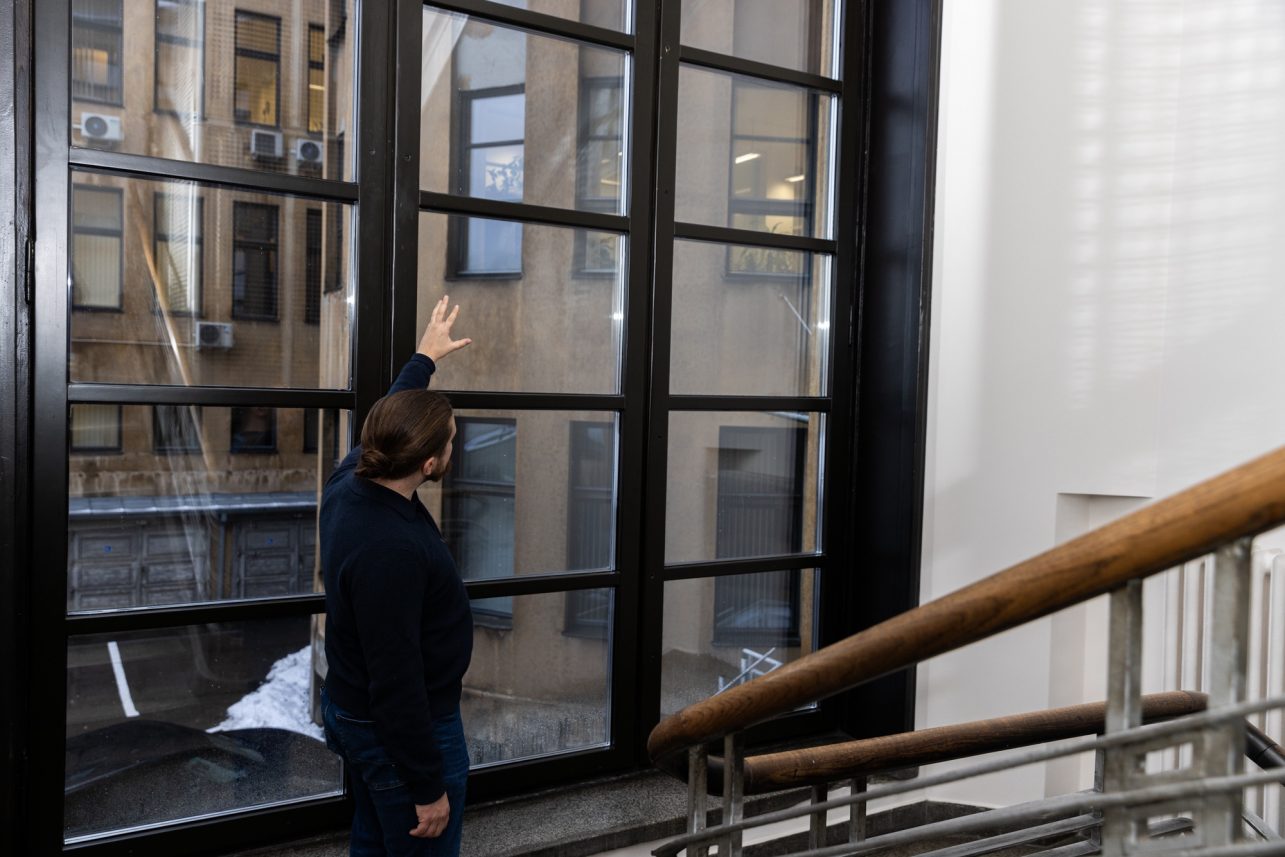
Such discoveries can fundamentally change how we understand one or another historical period. I would also like to hear about the hidden gems of Kaunas. Which buildings in the city would you single out as interesting, but maybe a little less known?
Kaunas is full of such hidden gems. For example, I am particularly impressed by the public bus garage of the Kaunas City Municipality in Šančiai, which marked the city’s desire to take over the city’s public transport, which had been operating chaotically until then, into its own hands at the end of the 1930s. It is a building of impressive constructions. Pranas Markūnas, a star of the interwar period civil engineering, lent a hand with the project. And that contribution came about under some rather unpleasant circumstances: the roof of the building collapsed during construction, which cost Karolis Reisonas – the head of the city’s construction department – his job (and more). By the way, my colleagues have described this whole story very interestingly on our website. Although its appearance could not be called smooth, this building is an impressive monument to the modernization of our city at that time.
Among the more hidden architectural moments in the fabric of the city of Kaunas, is the large modernist Franciscan convent designed by the same P. Markūnas located in the residential and two-story area of Žaliakalnis, deep in the vicinity of Žemaičių Street.
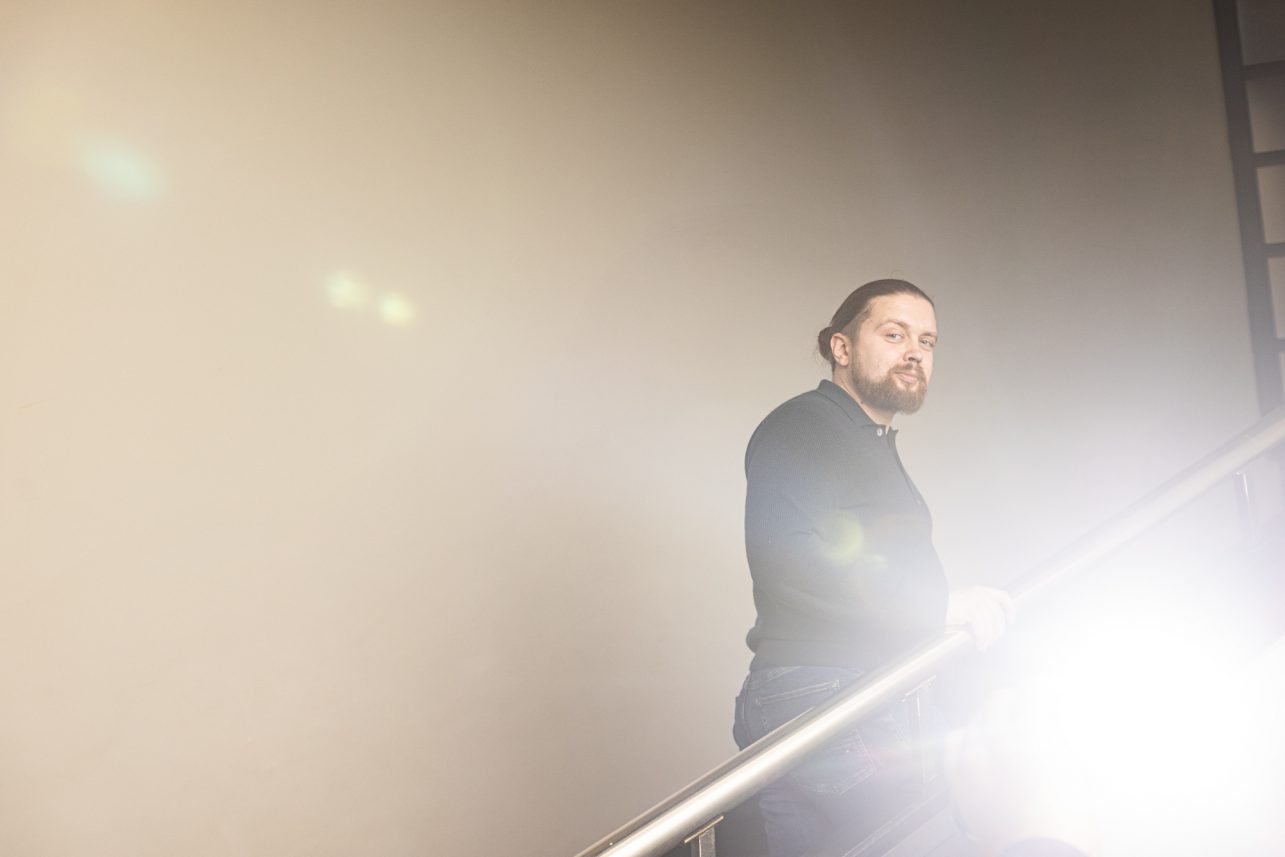
We could seriously joke that you must know of every tile in Kaunas and can tell us about many buildings in the city. Does Kaunas still surprise you?
Kaunas always surprises me. Maybe because it’s so multilayered. Yes, Vilnius can boast of its impressive history as the essential administrative center of the region, which led to the formation of an equally impressive multicultural city. However, what I personally find special in the history of Kaunas is the fluctuation between roles over the years. It was a lodgment in the fight against the Crusaders, an important trade hub and port city, a fortress of a foreign empire, the capital of an independent Republic, a Soviet industrial city programmed according to a planned economy, which has not forgotten the taste of freedom and, finally, a center of higher education. All these roles have left their mark on the fabric of the city and, in my opinion, make Kaunas the most interesting city in the country.


